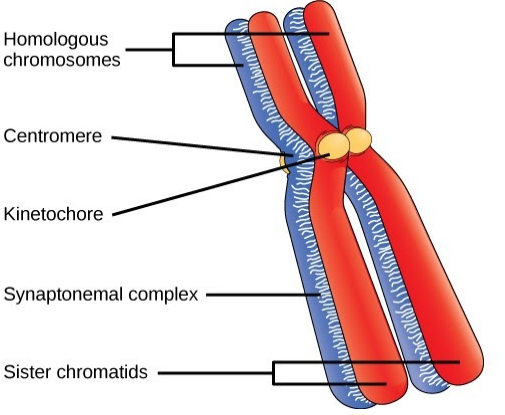Website can be closed on 12th to 14th Jan 2025 due to server maintainance work.

Experiment: Structure of Eukaryotic Chromosome
Aim:
To explore the structure of eukaryotic chromosomes through microscopic examination.
Materials:
1. Microscope with high-power and oil immersion objectives
2. Prepared slides of eukaryotic chromosomes (e.g., stained human cheek cells)
3. Coverslips
4. Kimwipes or lens paper
5. Pen and notebook for recording observations
Experimental Procedure:
1. Place a prepared slide of eukaryotic chromosomes on the microscope stage.
2. Start with low-power magnification and focus on the area of interest.
3. Switch to high-power magnification to observe individual chromosomes in detail.
4. Identify and record the different components of eukaryotic chromosomes, including chromatin, sister chromatids, centromeres, and telomeres.
5. Pay attention to the organization and packaging of chromatin fibers within the chromosome structure.
6. Take note of any visible differences in chromosome structure between cells or organisms.
7. Draw and label diagrams of representative eukaryotic chromosomes to document your observations.
Observations:
– Eukaryotic chromosomes appear as distinct, thread-like structures under the microscope.
– Chromosomes consist of densely packed chromatin fibers, which contain DNA and associated proteins.
– Each chromosome typically consists of two identical sister chromatids joined by a centromere.
– Telomeres, located at the ends of chromosomes, help protect DNA from degradation and aid in chromosome stability.
Results:
– Eukaryotic chromosomes exhibit a characteristic structure consisting of chromatin fibers, sister chromatids, centromeres, and telomeres.
– Chromatin packaging plays a crucial role in regulating gene expression and chromosome organization.
– The presence of sister chromatids and centromeres ensures accurate segregation of genetic material during cell division.
Conclusion:
Observing the structure of eukaryotic chromosomes provides insights into genome organization and function. Understanding chromosome structure is essential for studying gene expression, inheritance patterns, and genome stability. Further research on eukaryotic chromosome structure enhances our understanding of cellular biology and its implications for human health and disease.
